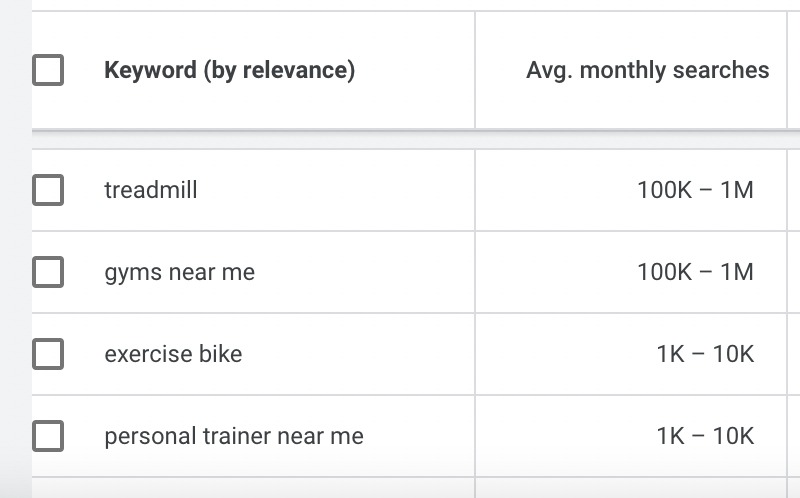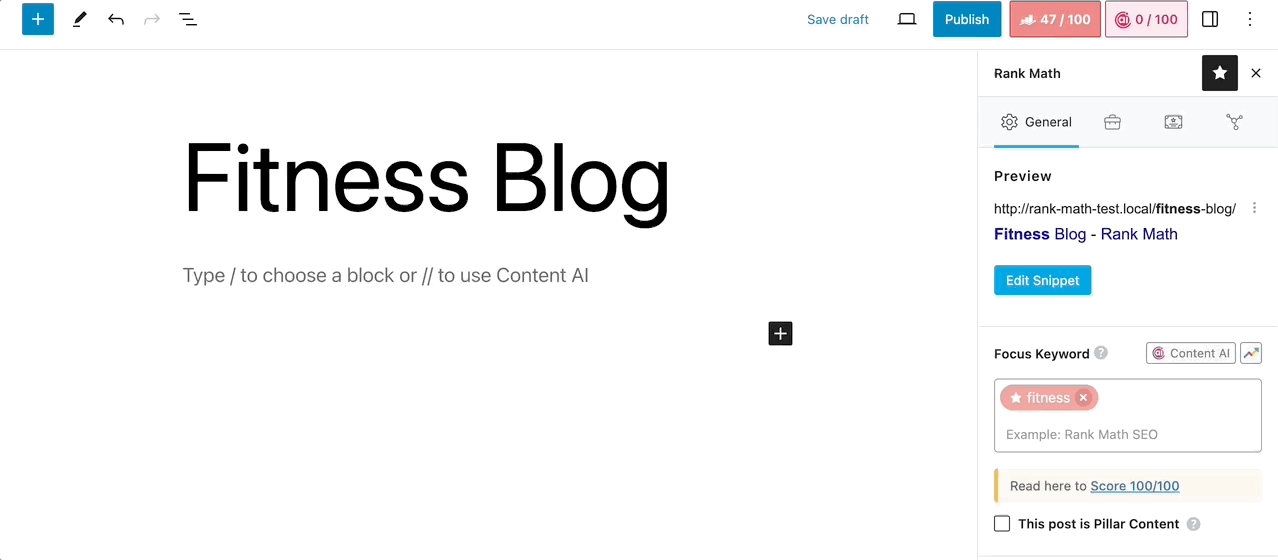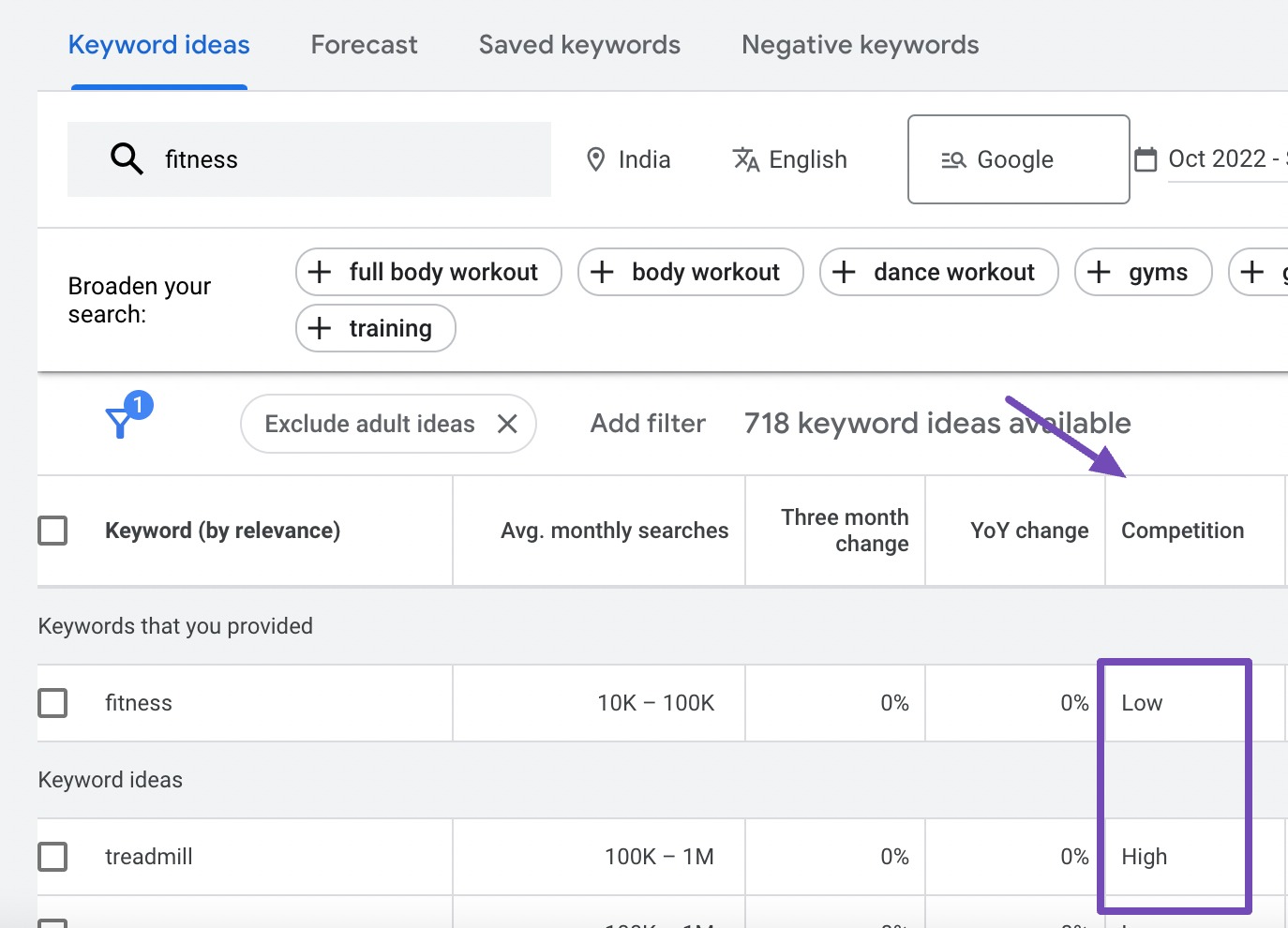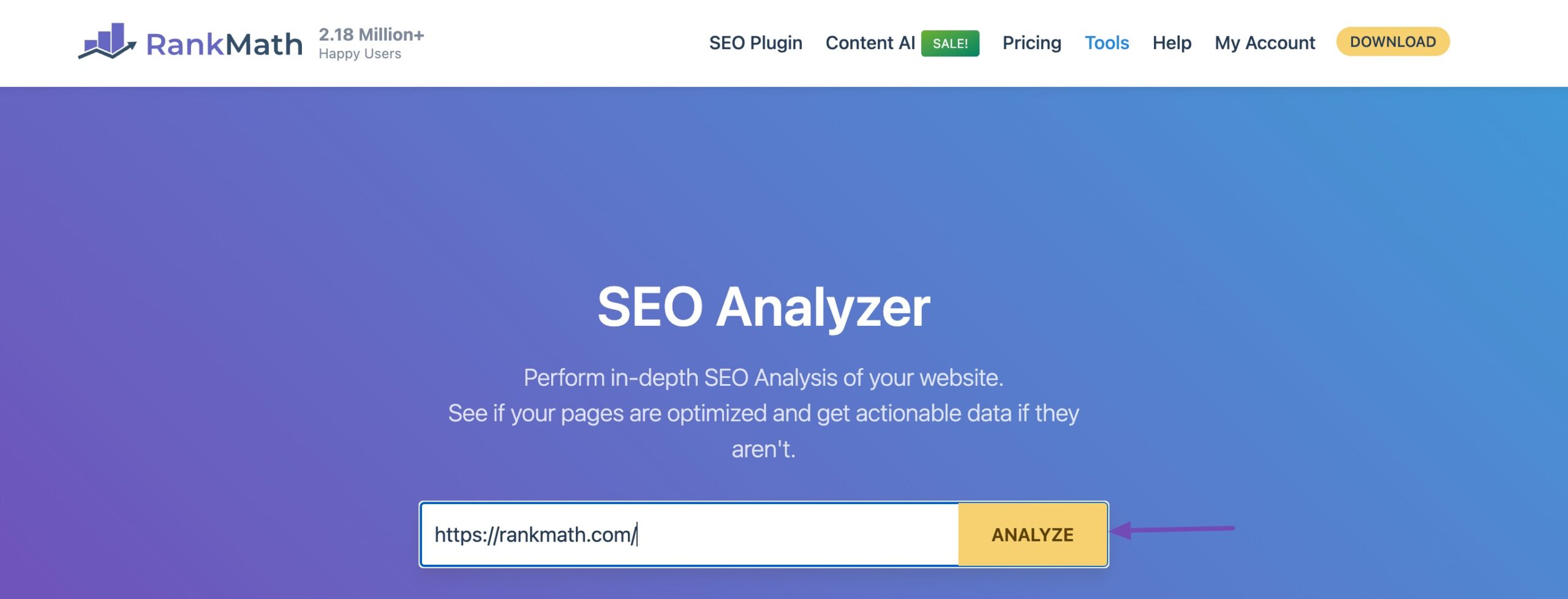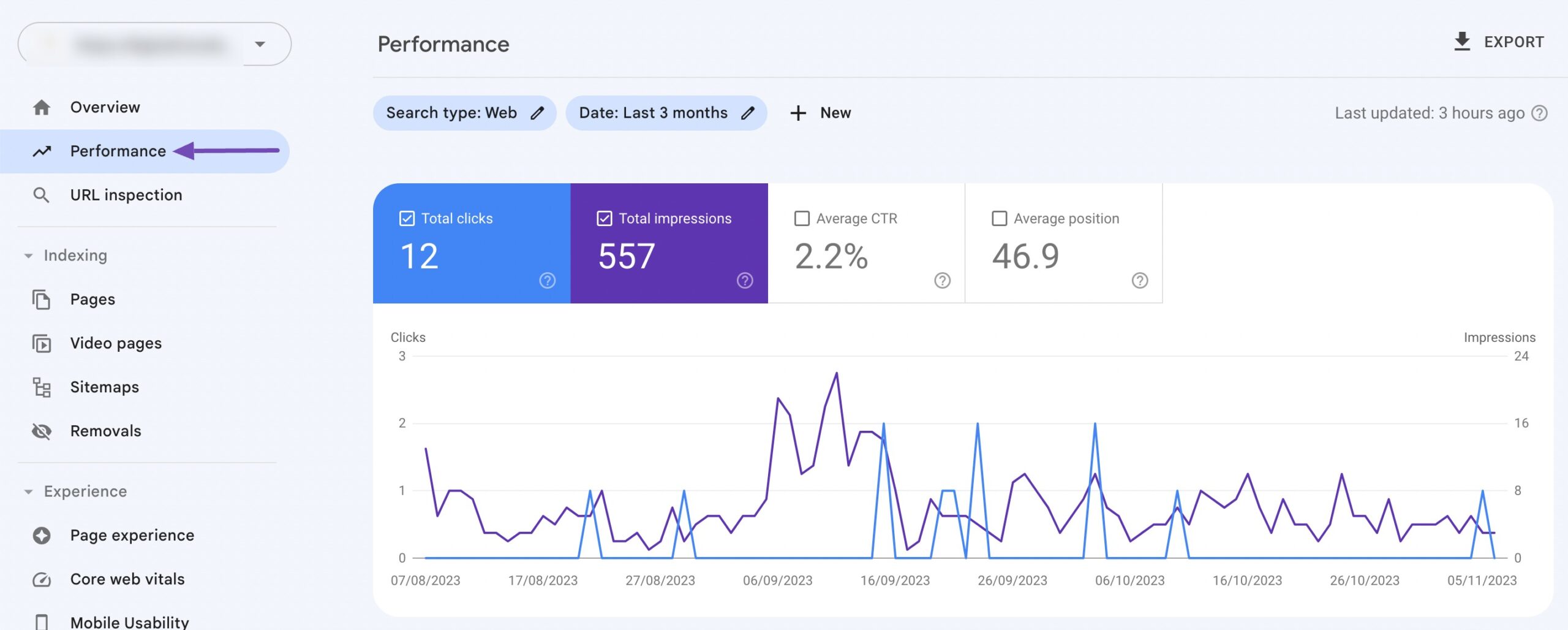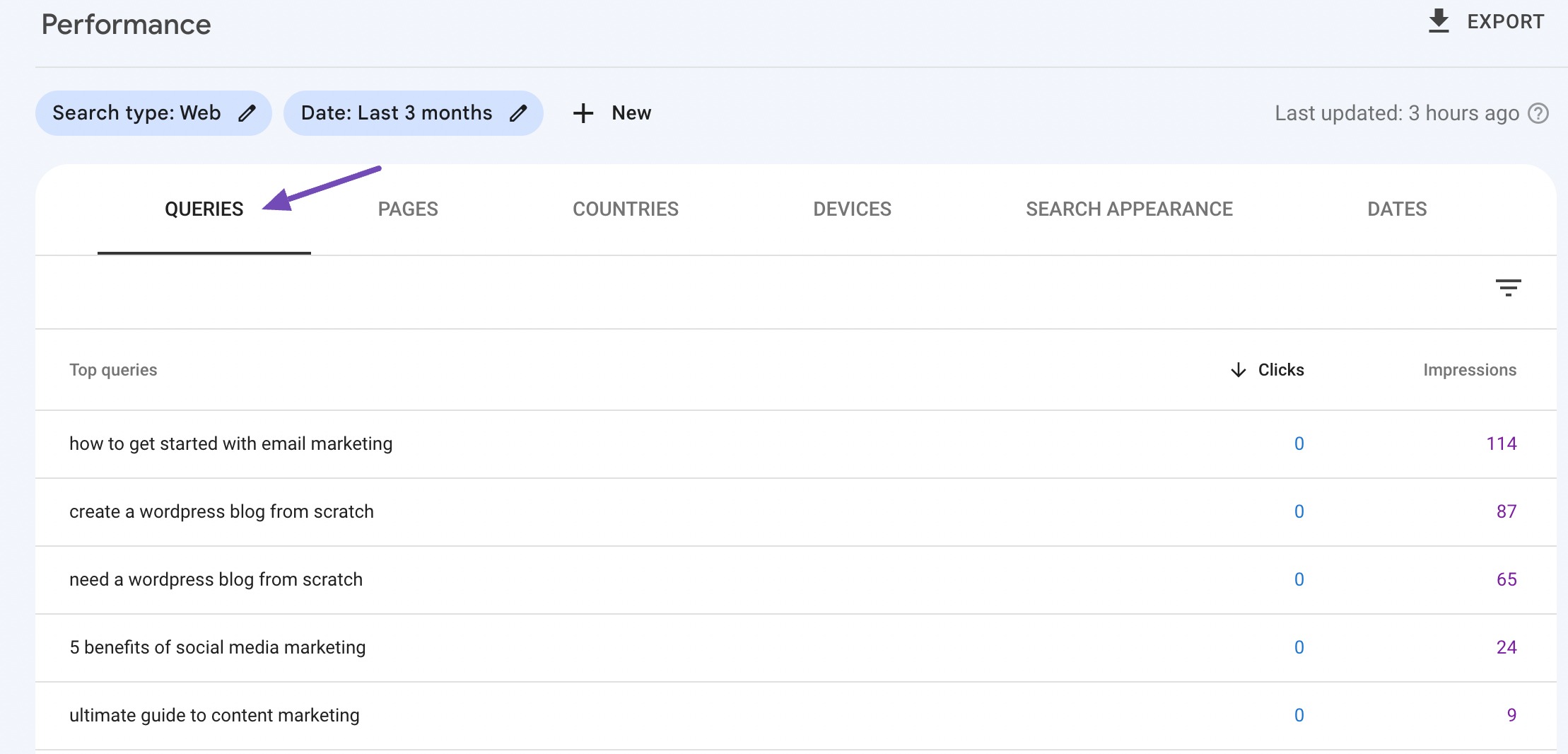In the vast and ever-evolving world, “content is king” has become a mantra for businesses striving to establish a robust online presence.
However, even the most valuable content can be easily lost in the noise without a correct strategy compass. That compass is keyword research.
In this post, we’ll explore the core concepts, techniques, and strategies necessary to boost your online presence to new heights and connect you with the audience you seek.
So, without any further ado, let’s get started.
Table Of Contents
1 What is Keyword Research?
Keyword research identifies and analyzes the specific words and phrases users use when searching for information, products, or services on search engines like Google.
It helps to decipher what users are searching for and why. Keyword research goes beyond identifying popular search terms; it seeks to grasp the user’s intent behind those queries.
When your content aligns with what users are searching for, search engines are more likely to display your pages in the search results, increasing the visibility of your website.
For example, a user searching for “best DSLR cameras” likely intends to purchase, while someone looking up “how do DSLR cameras work” is seeking information.
2 Importance of Keyword Research
Effective keyword research helps businesses attract the right audience – they’re genuinely interested in their products or services. It’s not just about traffic quantity but quality.
We’ve discussed a few reasons why keyword research is important:
Enhanced Visibility: Effective keyword research helps your content, whether it’s a blog post, product page, or video, become more visible to your target audience. When you optimize your content with the right keywords, search engines like Google can better understand its relevance to specific search queries.
Competitive Advantage: Studying keywords can provide a sneak peek into the strategies of your competitors. Analyzing the keywords can help you identify gaps and opportunities in your market.
Cost-Effective Advertising: In online advertising, such as Google Ads, keyword research is important. It enables you to choose the right keywords to target with your ads. By bidding on relevant keywords, you can optimize your advertising spend and reach potential customers who are more likely to convert.
For instance, if you’re running a PPC campaign for an online pet store, targeting keywords like “buy cat food online” can be more cost-effective than broad terms like “pet supplies.”
Content Relevance and Quality: Keyword research goes hand-in-hand with creating high-quality and relevant content. It ensures that you provide valuable information to your audience, improving your search engine rankings and fostering trust and authority.
3 Understanding Keywords
Before beginning keyword research, let us understand some basics of keywords.
Short-tail vs. Long-tail keywords
Short-tail keywords are brief and typically consist of one to three words. They are broad, general search terms that are highly competitive due to their popularity.
Short-tail keywords generate a significant volume of searches but often lack specificity. For instance, “shoes” is a short-tail keyword.
An audience searching with short-tail keywords are often in the early stages of their research or simply exploring a topic.
Therefore, incorporating long-tail keywords and a balanced keyword strategy is often recommended to capture a more targeted audience and boost conversion potential.
Unlike the short-tail counterparts, long-tail keywords are longer, often comprising three or more words.
They’re perfect for niche-focused content and for capturing highly targeted traffic. They’re also less competitive, making it easier to rank for them.
For instance, if you run a blog about running, creating content optimized for long-tail keywords like “best running shoes for athletes” can help you reach an audience specifically interested in that topic.
Keyword Intent (Informational, Navigational, Transactional)
Keyword intent, or search intent, lies at the heart of every online search. It’s the essence of why your audience types a specific query into a search engine. There are three primary types of keyword intent: Informational, Navigational, and Transactional.
Informational Intent: This type of intent is driven by the audience seeking information or answers. When a user uses keywords like “how to,” “what is,” or “benefits of,” they’re likely looking for detailed explanations or solutions.
For instance, someone searching for “how to bake a chocolate cake” is clearly looking for a step-by-step guide or information.
Navigational Intent: Navigational intent comes into play when your audience is looking for a specific website or webpage. They already know where they want to go; they’re just using the search engine as a map to get there.
Keywords like “Facebook login,” “YouTube homepage,” or “Apple support” are examples of this intent. Users are looking to land on a particular site or page.
Transactional Intent: Audiences with transactional intent are ready to take action, whether making a purchase, signing up, or subscribing. Keywords like “buy,” “order,” “sign up,” or “download” signify transactional intent.
For example, someone searching for “buy iPhone 13 online” is in the mindset of making a purchase, and content that guides them to a product page or an online store is most relevant.
4 The Keyword Research Process
Let us now discuss how to perform keyword research.
4.1 Defining Your Niche or Topic
At the heart of keyword research lies the critical initial step: defining your niche or topic. Consider this step as laying the foundation for your entire keyword research journey.
If you’re running a blog or website about health and wellness, your niche is the broader category of well-being. To focus more precisely, you might decide to center your content on “strength training for beginners.” This niche narrows your focus and provides the context needed for the subsequent stages of keyword research.
Defining your niche serves multiple essential purposes. Firstly, it clarifies the purpose of your content.
Secondly, it helps identify and target your specific audience. In the case of “strength training for beginners,” your target audience is individuals seeking introductory information and guidance in the world of strength training.
Once your niche or topic is well-defined, you’re ready to proceed to the subsequent stages of the keyword research process.
4.2 Brainstorming Seed Keywords
Now, you might ask, what is a seed keyword?
A seed keyword is the fundamental, foundational keyword representing a particular subject’s core topic or niche. It is the starting point of keyword research, from which a broader list of related and more specific keywords can be generated.
For example, if you have a website focusing on “fitness,” then “fitness” itself will be your seed keyword. From this seed, you can branch out into related terms like “weight loss,” “strength training,” or “nutrition.” These related keywords can lead to more specific long-tail keywords like “best strength training exercises for beginners.”
Seed keywords are not usually the main focus for creating dedicated website pages. They serve as the initial inspiration or “seeds” for the following stages of the keyword research process.
So, there’s no need to get overly fixated on your seed keywords. Identifying them should be relatively quick, typically taking just a few minutes.
Once you’ve gathered a handful of general ideas related to your website’s topic, you can smoothly transition to the next phase of the process.
4.3 Use Keyword Research Tools
One of the easiest ways to find keywords is using keyword research tools.
Tools such as Google Keyword Planner, Ahrefs, SEMrush, and others help you find the right keywords for your content.
Keyword research tools follow a common approach: you input a seed keyword, and they generate keyword suggestions from their databases based on that initial keyword.
Among these tools, Google Keyword Planner is one of the most widely recognized. While it’s primarily designed for those interested in running paid Google ads, it’s equally effective for discovering keywords for SEO endeavors.
Here are a few keyword ideas that Google Keyword Planner provided for the seed keyword “fitness”:
Although Rank Math is not a dedicated keyword research tool, it helps you discover more keywords by pulling in automatic keyword suggestions from Google.
4.4 Analyzing Keyword Metrics
Keyword research goes beyond merely identifying relevant keywords; it involves a critical phase of analyzing keyword metrics. Three key metrics play a pivotal role in this analysis: monthly search volume, competition, and cost per click (CPC).
Monthly Search Volume: Search volume represents the number of times a specific keyword is searched for within a defined time frame, typically on search engines like Google. It’s a crucial metric as it indicates the level of interest and demand for a particular keyword.
High search volume keywords are more competitive but offer the potential for more significant traffic. On the other hand, low search volume keywords are less competitive but may attract a smaller audience.
Competition: This metric measures the level of competition among websites and marketers for a particular keyword. It often ranges from low to high.
High competition suggests that numerous websites are actively targeting that keyword, making it harder to rank for. Low competition indicates an opportunity to rank more easily.
Cost Per Click (CPC): CPC is relevant for running paid advertising campaigns, such as Google Ads. It signifies the amount advertisers are willing to pay for a single click on their ad when a specific keyword is triggered.
High CPC keywords are typically more competitive and may yield more significant returns if you’re running a successful campaign. Low CPC keywords can be cost-effective for advertising but may have lower search volumes.
Rank Math’s Analytics feature keeps track of metrics such as total search traffic, total impressions, total ranking keywords, click-through rate, and much more.
Not only this, but you can also keep track of your top 5 winning/losing keywords, and you can keep track on your keyword performance.
4.5 Competitor Analysis
The first step here is to identify your main competitors in your niche or industry.
Once you’ve identified your competitors, it’s time to delve into their keyword strategies. Look for the keywords they target in their content, meta tags, and paid advertising campaigns. Pay attention to the keywords that are driving the most traffic to their websites.
Rank Math’s SEO Analyzer allows you to inspect your competitor’s web pages and gain valuable insights into their SEO strategy.
Rank Math PRO users can access the SEO Analyzer directly within their WordPress dashboard. If you’re using the free version, no worries – you can still harness the power of our SEO Analyzer tool. Enter your competitor’s URL in the provided field and click the ANALYZE button. It’s as simple as that!
With a clear understanding of your competitors’ strategies, you can identify gaps and opportunities in the keyword landscape. These gaps could include keywords your competitors haven’t targeted or underserved areas where you can provide better content.
4.6 Assessing Keyword Trends and Seasonality
Keyword research extends beyond understanding search volume and competition; it also involves assessing keyword trends and seasonality.
Staying up-to-date with trending keywords allows you to create timely content that resonates with your audience. For instance, running a tech blog covering the latest iPhone releases or software updates when they’re trending can boost your visibility.
Many industries experience seasonal fluctuations in keyword interest. For example, holiday-related keywords see a surge in searches during the festive season. Recognizing these patterns lets you prepare and optimize your content and marketing efforts accordingly.
To assess keyword trends and seasonality, you can use Rank Math’s Google Trends. It provides insights into how the search volume for specific keywords changes over time.
5 Tracking and Monitoring Keywords
Tracking and monitoring keywords is important to ensure your website’s ongoing visibility and performance.
You can start by configuring keyword tracking tools like Google Search Console, or even Rank Math’s Rank Tracker. These tools allow you to monitor your website’s keyword performance, discover ranking changes, and identify opportunities and issues.
To track keywords in Google Search Console, navigate to the left-hand menu and click on Performance. In the Performance report, you’ll see various data, including total clicks, total impressions, average click-through rate (CTR), and average position. This data gives you an overview of how your website is performing in Google search.
To track keywords, click on the Queries tab under the Performance report. This will display a list of the keywords that users have used to find your website.
Rank Math PRO offers Rank Tracker to help you track the keyword performance of your selected keywords. It offers keyword tracking, historical data, automatically add focus keywords from your posts, and much more.
6 Frequently Asked Questions
How often should I research keywords?
Keyword research should be an ongoing process. You should revisit and update your keyword strategy regularly to adapt to changes in search trends, user behavior, and your industry.
Can I use the same keywords for every page on my website?
It’s best to use a variety of keywords across your website’s pages. Each page should target specific keywords related to its content, ensuring that your website addresses a wide range of user queries.
How can I measure the success of my keyword research efforts?
You can measure the success of keyword research by tracking keyword rankings, organic traffic, click-through rates, and conversions. Tools like Google Analytics and Google Search Console provide valuable data for this purpose.
Should I focus on high-search-volume keywords or low-competition keywords?
The ideal approach is to strike a balance between high-search-volume keywords and low-competition keywords. High-search-volume keywords attract more traffic but are often competitive, while low-competition keywords are easier to rank for but may have lower traffic.
What is keyword density, and how does it impact SEO?
Keyword density refers to the percentage of times a keyword appears within a piece of content compared to the total word count. While it’s essential to use keywords naturally, overusing them (keyword stuffing) can harm your SEO efforts.
What is the difference between organic and paid keywords?
Organic keywords are those for which your website appears in search results naturally. Paid keywords are used in paid advertising campaigns, like Google Ads, where you pay for your website to appear at the top of search results for specific keywords.
7 Wrapping It Up
In the vast world of the internet, where every search is a journey, keyword research guides you toward success.
As we conclude our exploration of this essential practice, it’s clear that keywords are the keys to unlocking visibility, relevance, and connection with your online audience.
From understanding user intent to the strategic deployment of short-tail and long-tail keywords, your grasp of these search elements will determine your digital fate.
But remember, this journey doesn’t end; it evolves. You must continually adapt, track keyword performance, analyze trends, and refine your content.
Keyword research isn’t just about words; it’s about your story, your brand, and your success.
Embrace this dynamic process and begin a path to online success. If you like this post, let us know by Tweeting @rankmathseo.





